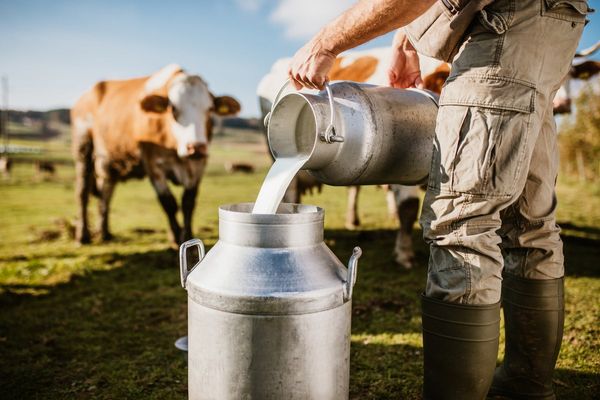
The festival of Holi celebrates the advent of spring. People smear colours on each other’s faces and indulge in a feast celebrating a plentiful harvest. This year, Holi will be celebrated on March 1 and 2, on the full moon during the month of Phalgun. The first day is also called Chhoti Holi or Holika Dahan, while day two is Rang Panchami or Dhulivandan.

Holi marks the victory of good over evil. One of the legends associated with Holi says that demon king Hiranyakashipu had a son named Prahlad who was a devotee of Vishnu. Unhappy with his son’s devotion and his disobedience towards him, the king summons his sister Holika to kill Prahlad.
Holika had been granted a boon whereby she was protected from fire. When she sits on a burning furnace with the child, however, Prahlad was miraculously saved from the effect of the fire while Holika got burned to death. Lord Vishnu, then, killed Hiranyakashipu as well. On day one, a holy bonfire is lit and people gather around it to pray for prosperity.
On the second day of celebrations known as Rangpanchami, people play with colours and on to prevent people taking offence say, “Bura na mano Holi hai” (Do not take offence to the colours; it is Holi after all). It is associated with the story that Lord Krishna used to play with colours along with the Gopis and Radha.
The most popular preparations eaten during the festival include gujiya, thandai, papri chaat, kachoris, dahi bhalle, and namkeen.
Follow @htlifeandstyle for more







